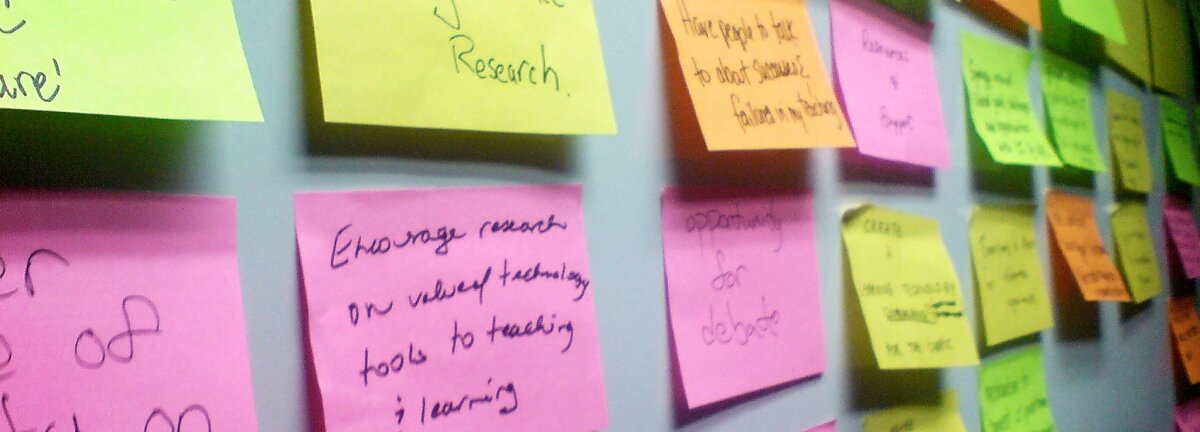Using design to improve policy

A growing community of top civil servants and innovators in the UK are now using design to improve the process of policymaking. In November we brought together leading practitioners to launch Design for Policy and to explore where this agenda is heading. From the event we created the video below as a step towards easily-sharable explanations of design and policy.
Design is now recognised as a highly useful tool for building government around the needs of citizens not bureaucracies. Around the world local and national public authorities are drawing on the methods and attitudes of designers to help them innovate.
In this context, design is not just a product or object. Emphasis is on the process of designing which leads to the creation of an appropriate solution, be it a functional product, efficient public service or public policy that genuinely accommodates the perspectives of people on the receiving end.
In the UK service design has been the most widely tested use of design in public sector. But in the past two years, driven by the Civil Service Reform agenda, interest in the potential for design to improve the policy development process has grown significantly within central government. A growing community of top civil servants and innovators in the UK are now using design to strengthen how policy is developed and implemented.
The recent focus has been on bringing up-to-date skills and tools to policymakers through a refreshed policy curriculum, and on more open policy making which brings external processes and organisations into policy development. A designated Policy Lab has now been created in the Cabinet Office to help civil servants experiment with new approaches, particularly design and data science. The Design Council, amongst other design organisations, has been closely involved in sharing skills and expertise with civil servants and policy teams in central government.
A handful of projects and feedback from training work is beginning to show how design is useful to policymakers. For example, heavy reliance on ethnography in early stages of the design process allows policy makers to gather data and insights from real people – adding new insights to more conventional approaches such as public consultation. The emphasis on facilitation and collaborative working in design creates proximity between policy teams and internal and external stakeholders. The focus on visualisation in design, through service maps or redesigned communications material, simplifies complex processes and makes experiences more tangible. Visualisation also makes policies easier to understand for non-experts aiding the current government’s ambitions to improve openness and transparency.
There is a growing evidence base for the impact of design in improving frontline services, including from our work in A&E. Research interest in design and policy making is also growing – so much so that a new book, Design for Policy, was published in November 2014 charting the emergence of design as a tool for policy makers in the UK and internationally.
Despite growing interest, design in policy development is only just emerging as an approach and is one of a number of new methods being trialled in central government. In relation to policy, more evidence of how and when design adds value is needed and better understanding of how new methods in policy relate to politics. Policy teams also need the licence to test out new approaches and access to resources and on-going support so that training becomes part of day-to-day work.
In November we brought together leading practitioners to launch Design for Policy and to explore where this agenda is heading.
This space is also being filled by Design for Europe, which sponsored the event, and is a new web platform and programme of engagement that looks at design innovation across the EU; Design and Policy one of three key themes for the platform.
As design matures into a new space, policy development, we need more examples and views and would be pleased to hear about different experiences and to include these on Design for Europe.
Subscribe to our newsletter
Want to keep up with the latest from the Design Council?
